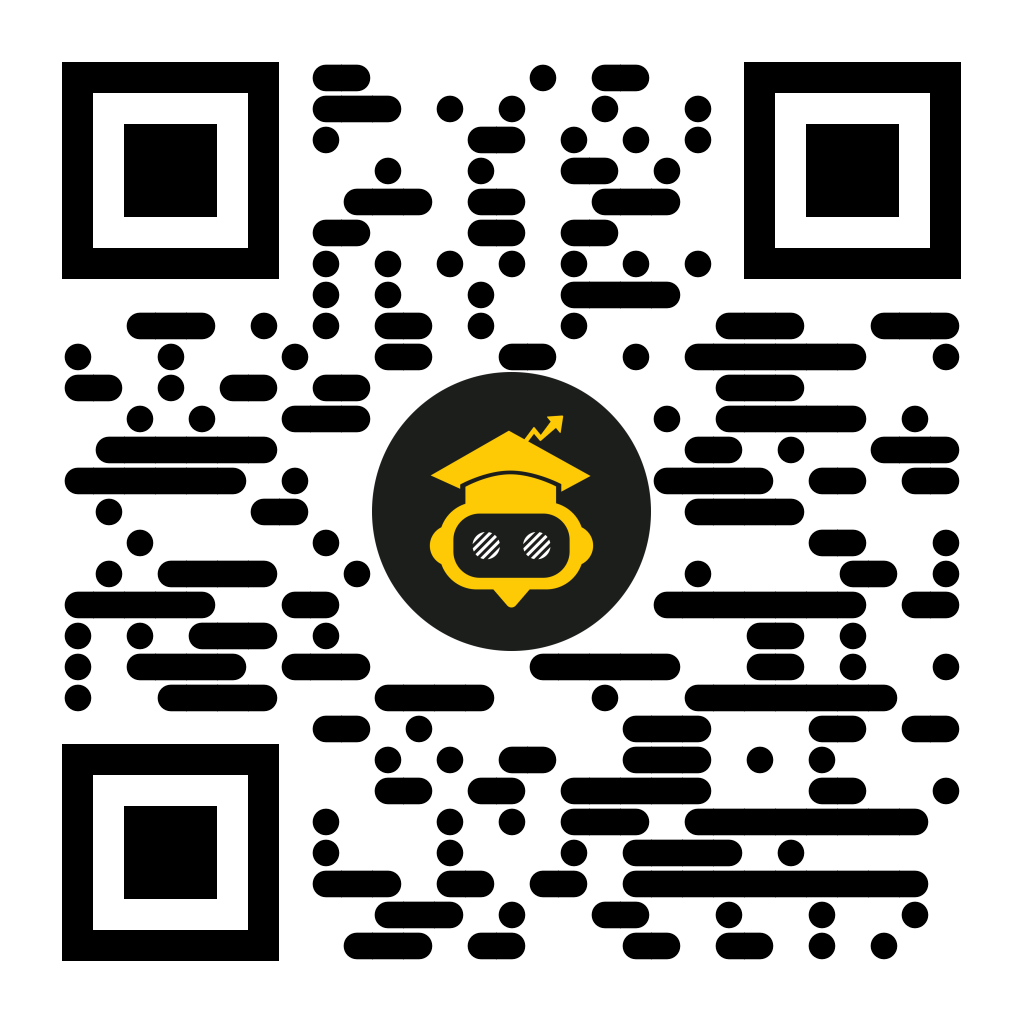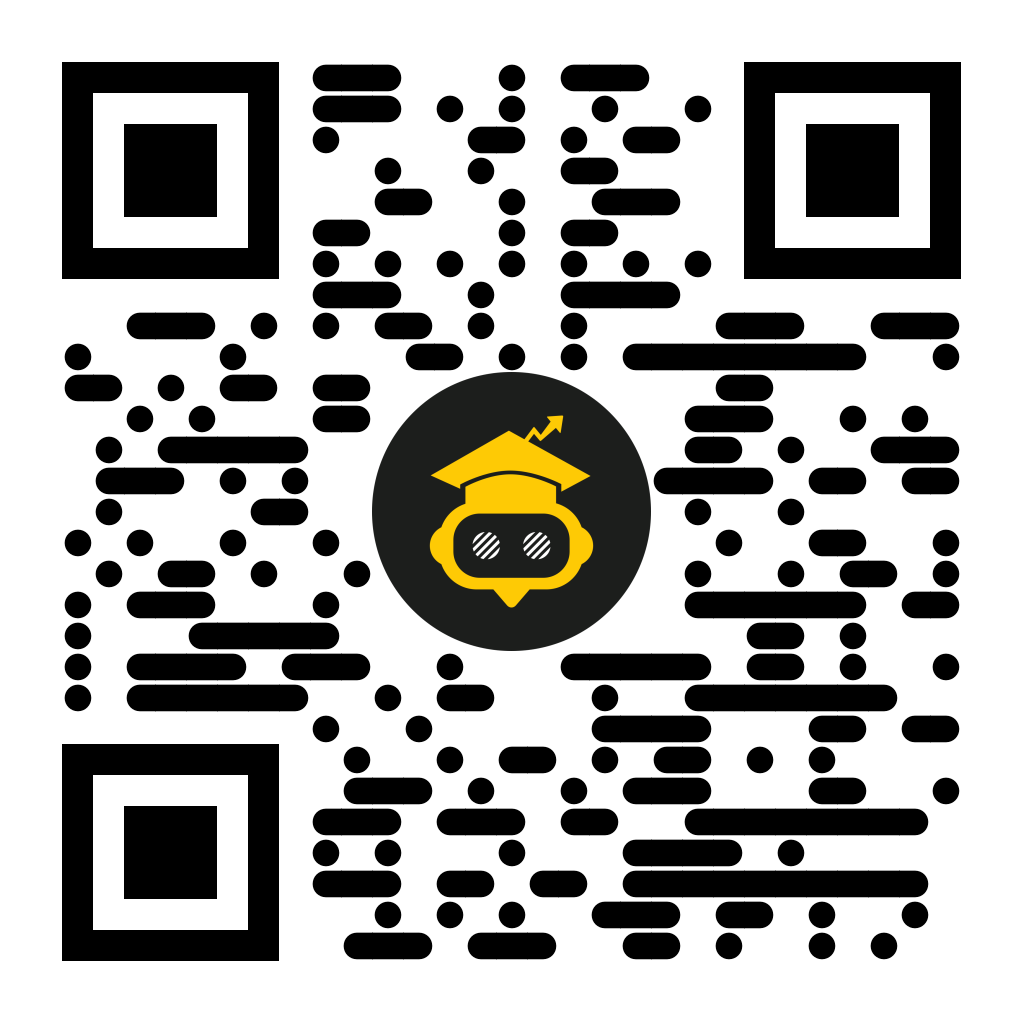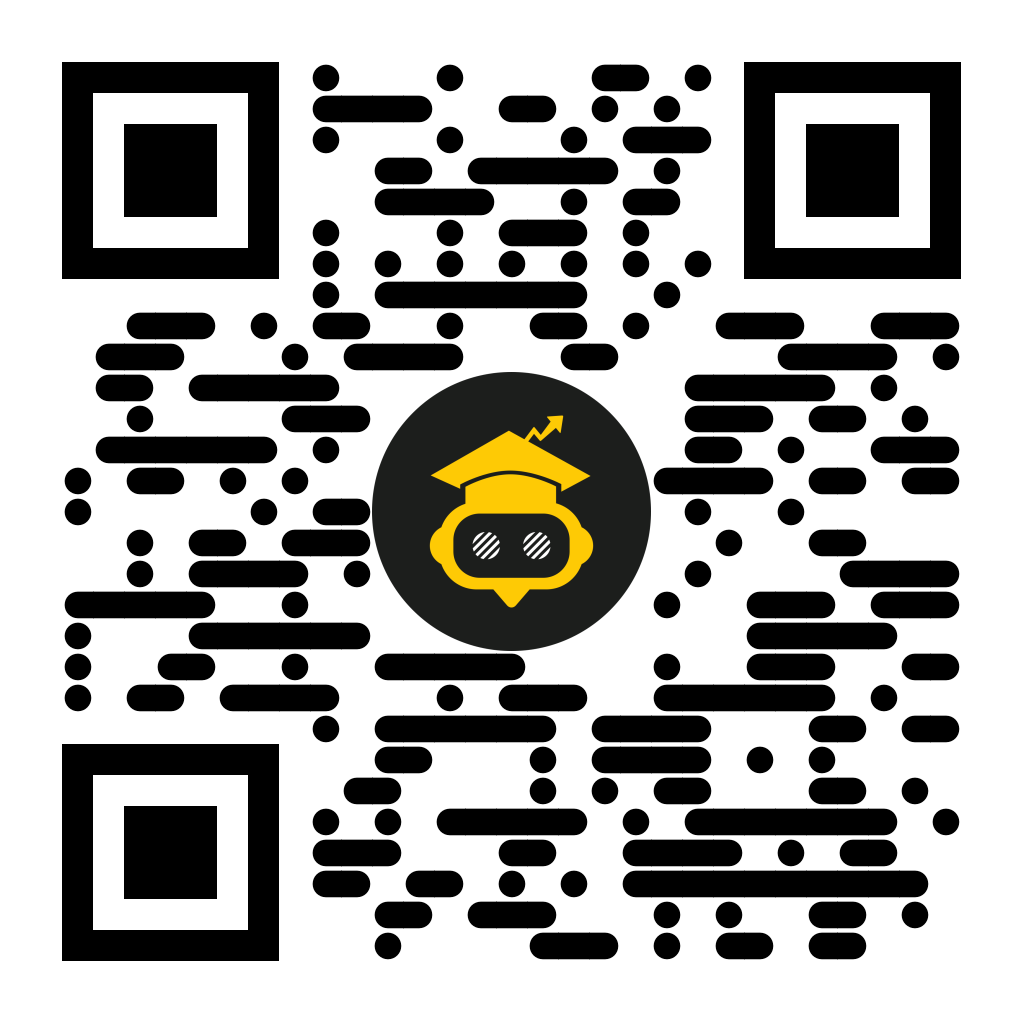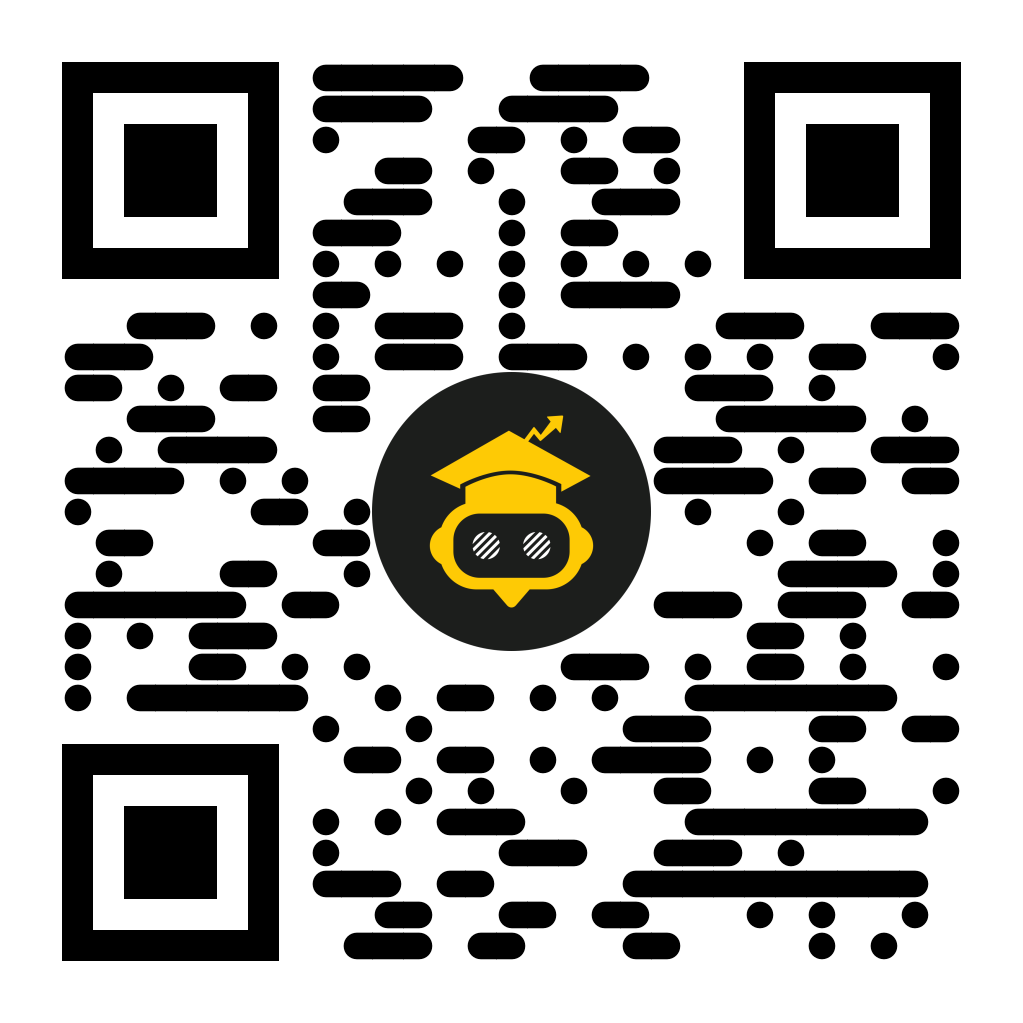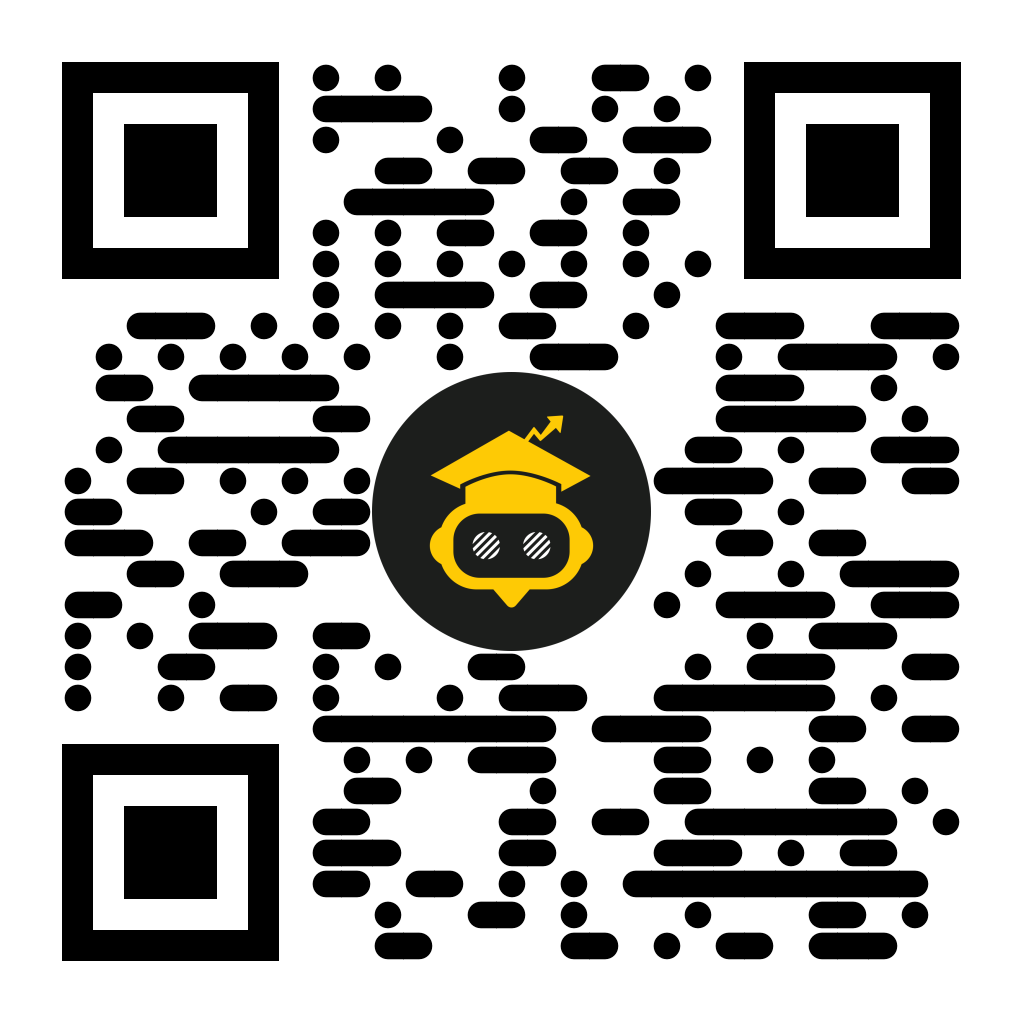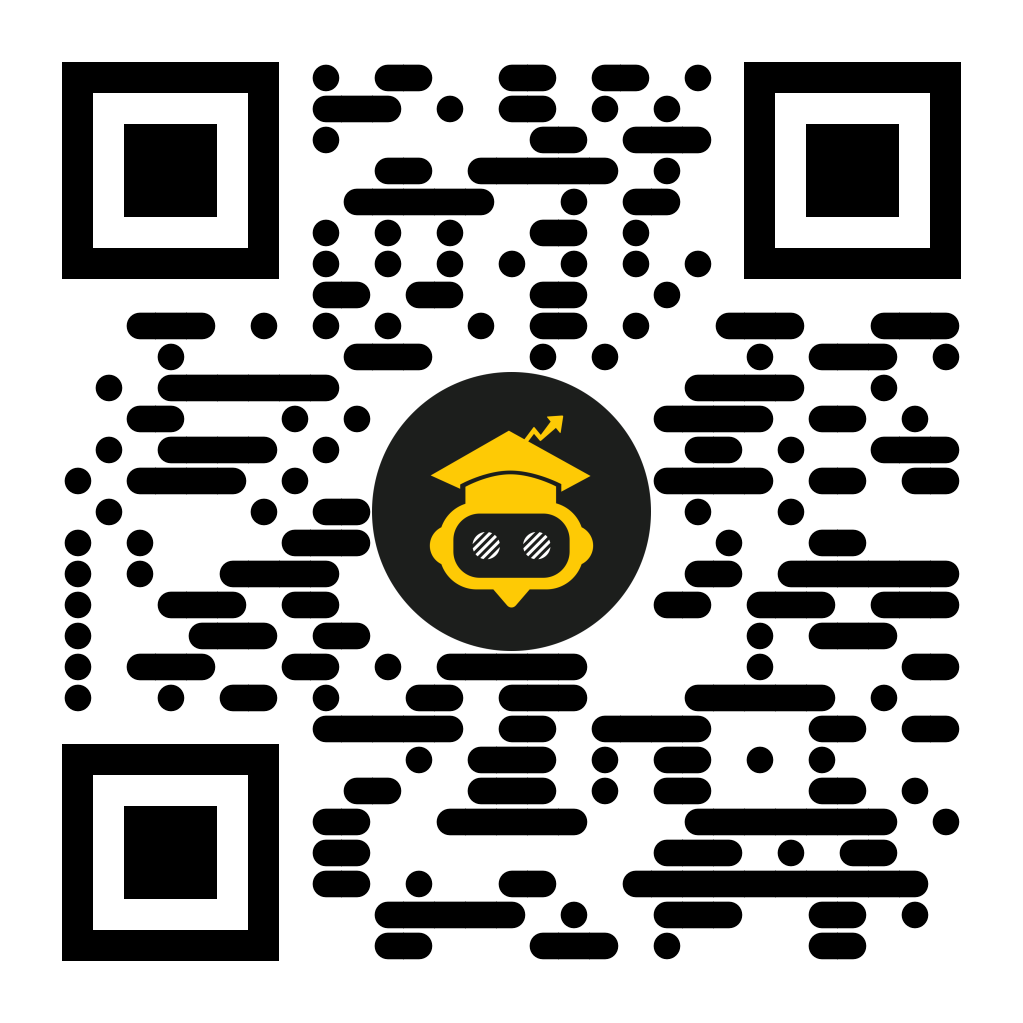
Welcome to our Basic Cryptocurrencies Course. You will learn: the basic concepts, how to identify the most important digital currencies, the main methods to buy, sell, and exchange crypto assets, and how to carry out your first transactions with total security.
Search

Address
A series of alphanumeric characters that indicates the location of a particular wallet on a blockchain. Each address is unique. Also known as a Public Key.Airdrop
It is the action of giving tokens or cryptocurrencies among the users of a platform when they complete a data record or other requirements.Algorithm
A set or sequence of instructions used to solve a problem. In the crypto world, algorithms are used to verify the validity of a transaction.Altcoin
A different cryptocurrency or alternative to Bitcoin. Normally used to describe cryptos such as Bitcoin Cash, Ethereum, XRP, or Litecoin.AML (Anti Money Laundering)
Also known as Prevention of Money Laundering, it is a regulatory framework that financial institutions comply with to prevent and control money laundering.API (Application Programming Interface)
A communication protocol between applications that allows sharing of information and services between them.Arbitration
The concept of buying cryptocurrencies on an exchange at a low price in order to sell them on another platform at a higher value.Astroturfing
Term used to indicate fraudulent behavior, usually marketing actions and campaigns, spam, or promotions.ATH (All-Time High)
Abbreviation for “All-Time High”. It is the highest price of a cryptocurrency in relation to another currency such as BTC, Ether, or the US dollar.
Bear Market
A negative trend in market prices. This term is used in crypto and traditional markets.Beta (Version)
Refers to a test or development version of a software or application, normally used to receive feedback from users or developers.BIP (Bitcoin Enhancement Proposal)
A standard process that is required when introducing new functionalities to the Bitcoin network.Bitcoin
The cryptocurrency created by the mysterious user Satoshi Nakamoto. It is also the first cryptocurrency, which Nakamoto defined as "user-to-user electronic cash."Blockchain
A digital structure similar to a ledger, where a public record is kept of all the transactions carried out. They are chronologically ordered, hence the idea of a chain.Block
A digital file that contains information on all transactions made; can be organized linearly to start a blockchain.BUIDL
A term derived from HODL, which stands for the construction of the financial system with all users’ help.Bull Market
A positive trend in market prices used both in the cryptocurrency space and in traditional markets.
Candlestick
A graphical representation of an asset price that shows the opening and closing price, and the highest and lowest prices for a given time unit.Central Bank
A financial institution working as a country's monetary authority. They manage interest rates, money supply, and other macroeconomic measures.Centralized
A phenomenon where planning and decision-making mechanisms are concentrated at a specific point in a system.Cloud
In computer science, the cloud is a shared pool of resources available to multiple users, allotted over the Internet.CFTC (Commodity Futures Trading Commission)
US agency which is responsible for regulating the futures and equity markets.Confirmation Time
The time between sending a transaction to the network and when it is validated in a confirmed block.Credentials
Personal information such as usernames, passwords, email addresses, or any other type of information. Can be used for validation.Cryptoactive
Tokens using encryption that are traded on a blockchain. Very common due to ICOs and exchanges that started releasing their new versions.Cryptocurrency
A digital currency that is secured by cryptography and is designed to serve as a method of exchange within a P2P (Person-to-Person) economic system.Cryptography
A science that is responsible for using mathematical and computational procedures to encrypt and decrypt information.Currency
A cryptocurrency or digital money that is independent of any platform and is used as a tool for the exchange of value.
DApp (Decentralized Application)
An application that runs on a P2P computer network, as opposed to a single server. This allows the software to run on the Internet without being controlled by a single institution.DAC (Decentralized Autonomous Cooperative)
A cooperative that is controlled by its shareholders rather than a central authority.DAO (Decentralized Autonomous Organization)
Refers to a system of rules or computer code that defines the actions that a decentralized organization will take.Decentralization
The characteristic of some cryptocurrencies such as Bitcoin to distribute their system among their members or participating nodes, which prevents them from being administered by a central authority.Deep Web (Deep Internet)
These are the parts of the Internet that are hidden in some way, for example, by not being indexed by Google or another type of search engine.Difficulty
In the cryptocurrency world, this indicates the amount of work or resources that are required to mine a block.DYOR (Do Your Own Research)
Do your own research, a common piece of advice among members of a crypto community. Research a coin or token instead of following what others say.Double Spending
Refers to the potential problem of digital money being spent more than once. One of the greatest advantages of blockchain technology is that it prevents this situation.
EIP (Ethereum Improvement Proposal)
A standard implementation by Ethereum when they want to propose functionalities and improvements that must be approved by the community.Encode
Messages' encryption and decryption method.ERC-20
The main type of tokens that are developed is based on the Ethereum blockchain.Exchange
A marketplace for cryptocurrencies where users can buy and sell coins.
Fiat
Money that a government has declared to be legal tender.Fill or Kill Order (FOK)
A buy or sell order that must be executed immediately in its entirety or else it will be canceled.Finality
The assurance or guarantee that completed (cryptocurrency) transactions cannot be altered, reversed, or canceled.First-Mover Advantage (FMA)
The competitive advantage of the first project to bring a service or product into a new and unexplored market or industry.Fiscal Policy
Describes how authorities adjust the tax rates of a country, influencing how public funds should be collected and used.Flappening
This name describes the moment when Litecoin (LTC) surpassed Bitcoin Cash (BCH) in terms of market capitalization.Flippening
This name describes the moment when/if Ethereum (ETH) surpasses Bitcoin (BTC) in terms of market capitalization.Forced Liquidation
When a trader's leveraged position is forcibly closed as a result of it not fulfilling the necessary margin requirements.Forex (FX)
Forex stands for Foreign Exchange Markets. It's a global market for the trading of fiat currencies.Formal Verification
Using mathematically rigorous proofs to ensure certain properties of cryptographic algorithms and blockchain mechanisms.Full Node
A computer that fully implements the entirety of the rules of an underlying blockchain network, and completely validates transactions and blocks on a blockchain.Fundamental Analysis (FA)
Evaluating an asset based on its underlying characteristics and traits, in an effort toward arriving at an intrinsic value of the asset.Fungibility
The property of an asset whose individual units are indistinguishable from each other in terms of value and functionality.
Futures Contract
A standardized version of forwarding contracts that are used as a legal agreement to buy or sell an asset in the future at an agreed-upon price and date.
Gas
The pricing mechanism employed on the Ethereum blockchain to calculate the costs of smart contract operations and transaction fees.Gas Limit
The maximum price a cryptocurrency user is willing to pay as a fee when sending a transaction or performing a smart contract function.General Public License
License allowing users to copy and modify software but requiring the works to be distributed under the same license.Genesis Block
The first-ever block recorded on its respective blockchain network, which is also referred to as Block 0 or Block 1.GitHub
A site/system/folder/repository where a team can share, collaborate, and save their open-source or proprietary code.Golden Cross
A bullish chart pattern where a shorter-term moving average crosses above a longer-term moving average.Gossip Protocol
A particular method of asynchronous peer-to-peer communication between computer nodes of a distributed system.Graphics Processing Unit (GPU)
Graphics processing devices that reduce the power load of the processors when running software and performing mathematical calculations for cryptocurrency mining.Gwei
A small denomination of Ether. It is widely used as a measure of gas prices. 1,000,000,000 wei = 1 Giga wei (Gwei).
Hacker
An individual who has an advanced understanding of computer systems and networks, including programmers and cybersecurity experts.Haha Money Printer Go Brrrrr
Haha Money Printer Go Brrrrr is a meme created in response to the Federal Reserve's 2020 plan to print money.Halving
When the block reward of a crypto asset (such as Bitcoin) drops to one half of what it was before; this is used to create a decaying rate of issuance to arrive at an eventual finite supply of a crypto asset.Hard Cap
The maximum amount of funds a project intends to raise during their Initial Coin Offering (ICO) or alternative fundraising event.Hash
The output produced by a hash function after a piece of data is mapped. May also be referred to as hash value, hash code, or digest.Hash Rate
The speed at which a computer or mining hardware can calculate new hashes. Usually measured in hashes per second.Hashed TimeLock Contract (HTLC)
This refers to a special feature that is used to create smart contracts which can modify payment channels.High-Frequency Trading (HFT)
A type of algorithmic trading that involves the execution of a large number of orders in fractions of a second.HODL
A type of 'Hold' originating from bitcointalk that has also been retrofitted to be an acronym for Hold on for Dear Life - to maintain ownership of coins and not sell.Honeypot
A mechanism used in computer security to detect or counteract unauthorized access to information systems.
Iceberg Order
A conditional order to buy or sell a large number of assets in smaller predetermined quantities in order to conceal the total order quantity.
Immutability
The inability to change or be changed. One of the core features of Bitcoin and blockchain technology.
Index
A financial instrument used to track the price value of a given asset or basket of assets.
Initial Coin Offering (ICO)
A fundraising method in which new projects sell their cryptocurrency to investors.
Initial Exchange Offering (IEO)
A fundraising method designed to reduce the risk for token purchasers by introducing a trusted intermediary between the project team and the user.
Initial Public Offering (IPO)
This refers to the moment a private company starts offering its shares to the public for the first time.
Integrated Circuit (IC)
A small chip, typically made of silicon, which holds a set of electronic parts such as transistors, resistors, or capacitors.
Interoperability
The concept of allowing blockchains to be compatible with each other and build upon each other's features and use-cases.
InterPlanetary File System (IPFS)
An open-source project building a protocol for distributed content storage and access.
IOU
An acronym that stands for “I owe you” and refers to an informal document that acknowledges a debt one party owes to another.
Isolated Margin
The margin balance that is allocated to a position. Traders can manage risk by restricting the amount allocated to each position.
Issuance
The generation of a new cryptocurrency occurs in a variety of different ways, depending on parameters specified by the creators.

Jager
The smallest denomination of BNB. Derived from the Telegram handle of the Binance Community Manager at the time.
Keccak
A versatile cryptographic function designed by Guido Bertoni, Joan Daemen, Michaël Peeters, and Gilles Van Assche.Know Your Customer (KYC)
A standard procedure in the finance industry that allows companies to identify their customers and comply with KYC AML laws.Know Your Transaction (KYT)
A standard procedure in the financial industry that allows companies to identify the assets of a transaction, their origin and that they are genuine.
Latency
The time between submitting a transaction to a network and the first confirmation of acceptance by the network.Law of Demand
The law of demand relates to the willingness of consumers to buy a specific amount of goods or services for a particular price.Layer 2
A secondary framework or protocol that is built on top of an existing blockchain system to provide increased scalability.Ledger
A physical book or a digital computer file where monetary and financial transactions are tracked and recorded.Library
A collection of stable resources, which may include executable files, documentation, message templates, and written code.Lightning Network
A second layer operating on top of a blockchain, enabling increased transaction speed among participating nodes. This is one proposed scaling solution.Liquidity
The ability to sell or buy any given asset without causing significant fluctuations in the market price for that asset.Listing
The addition of an asset to an exchange, either as a request from the project team or as a decision made by the exchange.
Mainnet
A blockchain protocol that is fully developed and deployed, and where transactions are being broadcasted, verified, and recorded.Mainnet Swap
When a coin migrates from a third-party platform such as Ethereum or other tokens to a native on-chain token on its Mainnet.Maker
You become a “maker” when you place an order and it does not trade immediately. In this case, your order stays in the order book and waits for someone else to fill/match with it later on.Malware
Any software program or code that is created to infiltrate and intentionally cause damage to computer systems and networks.Margin Trading
Trading using borrowed funds. Note: this is a high-risk strategy and should only be done by experienced investors.Market Capitalization
The total trading value of a given coin, calculated by the product of the supply of the coin by the current price.Market Momentum
The ability of a certain market to maintain a continuous increase or decrease in price within a particular time frame.Market Order
When a taker picks the best available bid or asks for a cryptocurrency, taking the price and quantity available on the order book.Masternode
Nodes on a network that often require a minimum staked amount of a given coin to access staking rewards.Maximum Supply
Refers to the maximum number of coins or tokens that will ever be created for a given cryptocurrency.Mempool
A node’s mechanism for keeping track of the unconfirmed transactions that the node has seen but which have not yet been added to a block.Merged Mining
The act of mining two or more cryptocurrencies at the same time, without sacrificing overall mining performance.Merkle Tree
A way of organizing and structuring large amounts of data to make it more straightforward to process. A hash-based data structure.Metadata
Data that includes information about other data, such as information about features of a specific transaction.Mining
The verification of transactions on a blockchain network, in which transactions are added as entries into the blockchain ledger.Mining Farm
A collection of many miners, often in a warehouse or large data center devoted to mining cryptocurrencies.Monetary Policy
Refers to the policies that authorities create and adopt to control the money supply and interest rates of a country.Moon
A colloquial expression used to describe a cryptocurrency or other asset that is experiencing a h3 upward market trend.Multisignature
A wallet that requires another party to authorize a transaction before it is broadcasted to the network.
Node
A user that communicates with others to ensure the security and integrity of the blockchain system.Non-Fungible Token (NFT)
A type of cryptographic token that represents a unique digital or real-world asset and isn't interchangeable.
Off-Chain
Transactions that occur off a given blockchain network, and that may be later reported or batched together before being submitted to the main chain.Offer Price
In financial markets, it is the price at which a person or institution offers an asset such as a cryptocurrency or a share.Offshore Account
An account that is registered in a jurisdiction different from the jurisdiction of the holder's citizenship.One Cancels the Other Order (OCO)
A pair of orders that are created concurrently, but it is only possible for one of them to execute.Open-Source Software (OSS)
Software released under a license that gives anyone the ability and right to use, update, and distribute it freely.Oracle
A data source or feed from a third party used for determining outcomes for smart contracts.Order Book
An electronic list of outstanding buy and sell orders for a specific asset on an exchange or marketplace.Orphan Block
A block whose parent block is unknown, formed in older versions of Bitcoin Core, where ancestry data wasn't required.
Paper Wallet
A piece of paper on which a cryptocurrency address and its corresponding private key are physically printed out.Passive Management
An investing strategy that doesn’t rely on active market exposure but rather tracks an existing economic index.Peer-to-Peer (P2P)
When two or more computers are connected and share workload or resources without relying on a centralized server.Pegged Currency
A currency where the price is designed to remain the same as a designated asset. For example, 1 USDT is pegged to 1 USD. Also referred to as a stablecoin.Phishing
A malicious attack where a bad actor will attempt to obtain the credentials of a user to gain unauthorized access to their account.Plasma
An Ethereum off-chain scaling solution that may allow Ethereum to greatly increase their transactions per second capabilities.Ponzi Scheme
A scam in which new investors' funds are used to pay returns promised to previous investors. Do not invest in these.Price Action
The price movements of a financial asset over time. Plotted on a chart, it can be used by traders to identify trade setups.Prisoner's Dilemma
An example that shows why two individuals might not cooperate, even if it may appear to be in their best interest.Private Key
In cryptocurrency, a private key is a lengthy number that allows users to sign transactions and to generate receiving addresses.Private Sale
An early-stage investment round for strategic investors with a considerable amount of investible funds.Progressive Web Application (PWA)
An application that is created through the use of modern web technologies and follows basic web standards.Proof of Stake (PoS)
A consensus mechanism that rewards block validators according to the number of coins they have at stake.Pseudorandom
The property of a definite function that can produce an outcome that passes statistical tests of randomness.
Quantum Computing
Quantum computing works using particles that can be in superposition. These particles represent qubits instead of bits and can take the value of 1, 0, or both simultaneously.
Race Attack
When two transactions are created with the same funds at the same time, to spend those funds twice.Ransomware
A type of malware that takes over your computer and threatens to destroy or reveal files unless a ransom is paid.Rekt
A slang term used to define someone or something that has been destroyed or experienced a catastrophic failure. A synonym for liquidated.Relative Strength Index (RSI)
A technical indicator that measures market momentum and is used to identify overbought and oversold conditions.Resistance
A term used in Technical Analysis (TA) to describe when a price that is increasing finds resistance. Usually compared with previous highs.Return on Investment (ROI)
A measure used to assess the efficiency of an investment. The ratio between net profit and net cost.Reward
A prize given to an individual or group to encourage determined work, behavior, or technology development.Roadmap
A business planning technique that lays out the short and long-term goals of a company within a flexible estimated timeline.Routing Attack
An attack on the Internet Service Provider level to affect uptime or participation in a web-enabled system, such as a blockchain.ROMO (Regret of Missing Out)
A term referring to investors or traders who decided not to buy at the time of a price drop, when the price is currently showing an increase.
Satoshi
The smallest unit of a Bitcoin, as defined by the Bitcoin protocol. It equals one-hundred-millionth of a Bitcoin or 0.00000001 BTC.Satoshi Nakamoto
The pseudonym of the creator or creators of the Bitcoin protocol and whitepaper.Secure Asset Fund for Users (SAFU)
Secure Asset Fund for Users is an emergency insurance fund. On the 3rd of July, 2018, Binance announced the Secure Asset Fund for Users.Securities and Exchange Commission (SEC)
An independent governmental agency responsible for regulating securities markets.Security Audit
A systematic analysis to evaluate how safe a system, smart contract, or blockchain is against attacks or technical failures.Seed Phrase
A seed phrase or mnemonic seed is a collection of words that can be used to access your cryptocurrency wallet.Segregated Witness (SegWit)
A process where the transaction signatures are separated from Bitcoin transactions, allowing more transactions to fit within one block.Selfish Mining
The strategic withholding and releasing of blocks by a miner to gain a competitive advantage over the network.Sell Wall
A very large limit sell order or a cumulation of sell orders at the same price level on an order book for an asset.Sentiment
The overall attitude of a community with regard to a cryptocurrency, or among investors toward a certain financial market.Sharpe Ratio
A ratio created in 1966 that investors and economists use to assess the potential return on investment (ROI).Shares.
A title that indicates the ownership of a fraction of a company.Smart Contract
Automated contracts that trigger certain actions when predetermined conditions are met. It works similar to 'If…then' conditions: for instance, condition C needs to be met before money can be transferred from A to B.Snapshot
The ability to record the state of a blockchain ledger, storage device, or computer system at a specific point in time.Source Code
Computer code which is responsible for defining how the software will function based on a list of instructions and statements.Stablecoin
A type of cryptocurrency that is designed to maintain a stable value, rather than experiencing significant price changes.Staking Pool
A pool where stakeholders combine their staking power to increase their chances of successfully validating a new block.Store of Value
A commodity, asset, or currency that can be saved, retrieved, and exchanged at a future date, without suffering depreciation.Supercomputer
A computer or virtual machine that operates at the highest level of currently possible computing power.Supply in Circulation
This concept refers to the number of cryptocurrencies or tokens publicly available and circulating in the market.Support
A term used in Technical Analysis (TA) to describe when a price that is decreasing finds 'support'. Usually compared with lows.
Ticker
The trading 'symbol' or shortened name (typically in capital letters) referring to a coin on a trading platform. For example, BNB.Token
Tokens (not to be confused with coins) are digital units issued on a blockchain. They can hold value or be redeemed for assets.Token Burning
When a team of developers of a cryptocurrency or token network decides to eliminate some coins that automatically lose their value.Token Lockup
Token lockup or vesting period refers to the period in which tokens or coins are not allowed to be transferred or traded.Token Sale
The issuance of tokens in exchange for another cryptocurrency. Also referred to as an Initial Coin Offering.Total Supply
Refers to the number of coins or tokens that currently exist and are either in circulation or are locked somehow.Transaction ID (TXID)
Also referred to as a transaction hash. This is a transaction identifier used to reference transactions on a blockchain.Transactions Per Second (TPS)
The number of transactions that a blockchain network is capable of processing each second.Trustless
No single entity has authority over the system and consensus is achieved between participants who do not have to trust each other.
User Interface (UI)
The interface where interactions between humans and machines occur. It establishes how a user can interact with a machine.
Verification Code
Code sent to a second device to ensure the identity of someone logging in to an account. Used for Two-Factor Authentication.Virtual Machine
An emulated computer system, or a distributed system, that is designed to replicate the features of a computer's architecture.Volatility
How quickly and how much the price of an asset changes. Calculated in terms of standard deviations in the annual return of an asset over a set period.Volumen
A measurement of the number of individual units of an asset that changed hands in a market during a given time.
Wallet
Used to send and receive cryptocurrencies. Different types include software wallets, hardware wallets, and paper wallets.Web 1.0
The initial iteration of the web, when data was primarily read-only pages connected with hyperlinks. Also known as 'read-only' web.Wei
The smallest possible denomination of ether (ETH), the currency used on the Ethereum network. Often used when referring to gas prices.Whale
An individual or organization that holds a large number of Bitcoins or another cryptocurrency, allowing them to impact the markets.Whiskers
The lines extending from the colored bar in a candlestick chart that indicate the full low-high range of a trading pair within a certain time frame. Also referred to as wicks or shadows.Whitelist
A list of allowed or trusted individuals, computer programs, or cryptocurrency addresses with a service or event.Wick
A line found on a candlestick chart that is used to indicate where the price of an asset is fluctuating with regard to its opening and closing prices.Wrapped Ether (WETH)
ERC-20 token representing Ether at a 1:1 ratio. It allows users to trade ETH to ERC-20 tokens on decentralized platforms.


